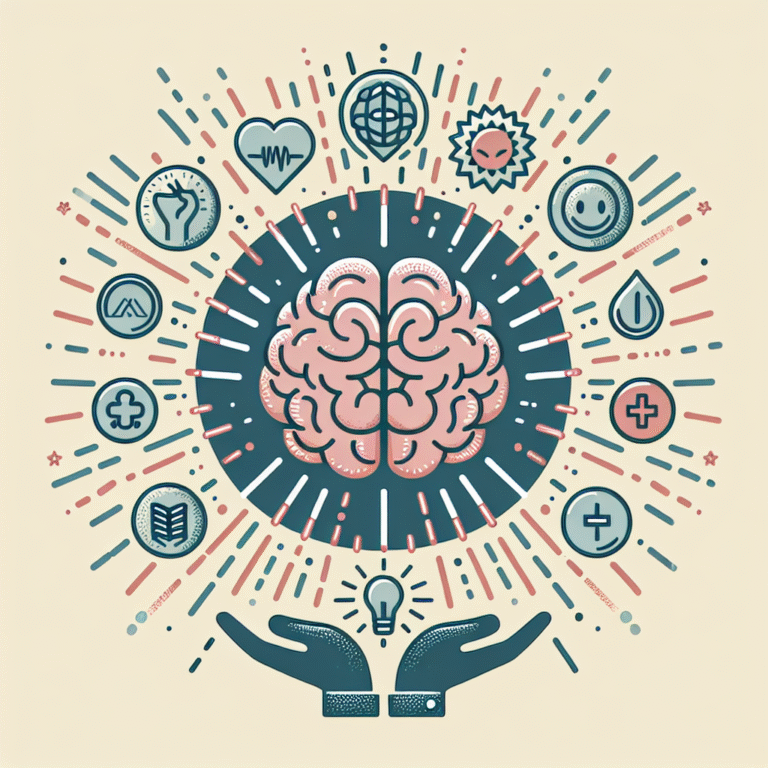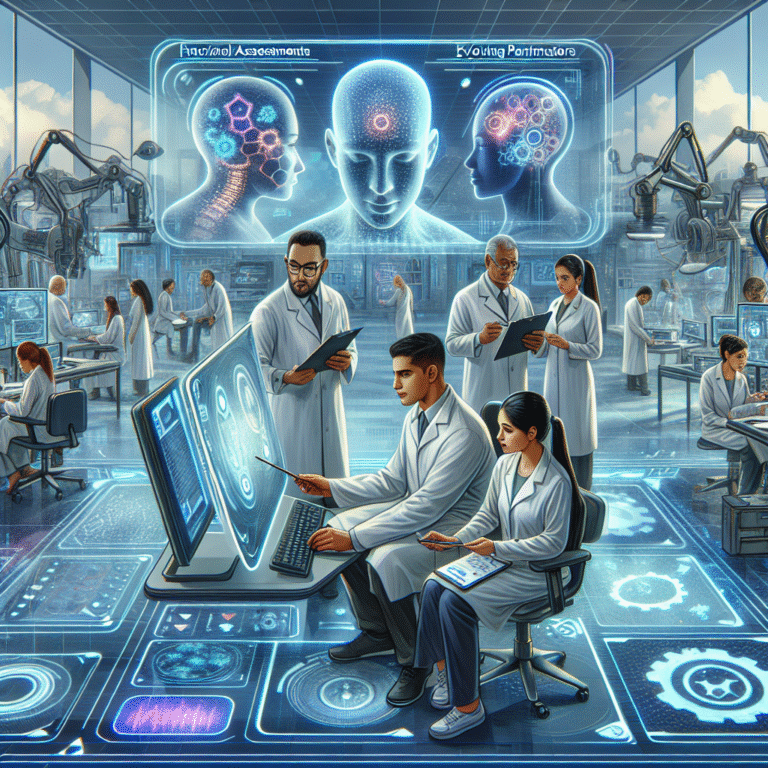
Introduction
When someone suffers a spinal cord injury (SCI), the immediate concern is often about survival and stabilization. However, as the medical field evolves, so too do our understandings of rehabilitation and recovery. This article delves into The Science Behind Healing: What Research is Revealing About Spinal Cord Injuries, exploring the mechanisms of healing, innovations in treatment, and successful case studies that highlight the hope for recovery.
Understanding Spinal Cord Injuries
To appreciate the strides made in healing, it’s crucial to grasp what spinal cord injuries are. These injuries disrupt the communication between the brain and the body, often resulting in varying degrees of disability, from loss of sensation to complete paralysis. SCI can stem from traumatic events such as accidents and sports injuries or non-traumatic causes like infections or tumors.
The Mechanisms of Healing
What Happens Post-Injury?
After an SCI, the body goes through several processes. There are two main phases of healing—primary and secondary injury:
- Primary Injury: This refers to the immediate destruction of nerve cells due to trauma.
- Secondary Injury: Following the initial trauma, a cascade of biological processes exacerbates the damage, including inflammation, ischemia, and apoptosis (programmed cell death).
Research is uncovering that this secondary phase holds the key to developing effective treatments. Targeting these pathways may enhance recovery.
Neuroplasticity: The Brain’s Best Friend
Neuroplasticity refers to the brain’s ability to reorganize itself by forming new neural connections throughout life. As a foundational element in the discussion of spinal cord recovery, The Science Behind Healing: What Research is Revealing About Spinal Cord Injuries emphasizes how upcoming therapies leverage neuroplasticity to restore function.
Cellular Mechanisms of Recovery
At the cellular level, several promising avenues are being explored:
- Stem Cell Therapy: Stem cells show potential in regenerating damaged neural tissues.
- Gene Therapy: Researchers are investigating how introducing genes can enhance recovery.
- Electroceuticals: Devices that stimulate nerves electrically allow for better muscle control and improved neural connection.
Case Studies in SCI Recovery
Case Study 1: Advances in Stem Cell Therapy
A pioneering study involved a 30-year-old man with a complete thoracic spinal cord injury. Researchers applied stem cells harvested from the patient’s own fat. Remarkably, within months, he regained some muscle control and sensation. This is a profound example of The Science Behind Healing: What Research is Revealing About Spinal Cord Injuries highlighting the power of regenerative medicine.
Analysis
The case illustrates not only hope but also the potential for developing personalized treatment plans.
Case Study 2: The Impact of Neurorehabilitation
In a different instance, a group of patients participating in an intensive neurorehabilitation program showed marked improvement. Using advanced robotics and virtual reality, they engaged in movements that retrained their neurological pathways.
Analysis
These findings underscore how therapeutics focused on brain and muscle retraining can lead to significant improvements, reinforcing that The Science Behind Healing: What Research is Revealing About Spinal Cord Injuries is multifaceted.
Table 1: Summary of Case Studies
| Case Study | Treatment Type | Outcome |
|---|---|---|
| 1 | Stem Cell | Regained muscle control and sensation |
| 2 | Neurorehabilitation | Improved mobility and neural function |
Future Directions: Innovations on the Horizon
Robotics and Exoskeletons
The rise of robotic rehabilitation technologies represents a monumental advancement in spinal cord injury recovery. Exoskeletons help individuals regain movement, enhancing both physical and psychological well-being.
Artificial Intelligence in Rehabilitation
By integrating artificial intelligence, researchers can personalize recovery programs based on individual progress and neural responses. This tailored approach is vital in optimizing the outcomes of rehabilitation.
Conclusion
The realm of spinal cord injury research embodies resilience and hope. The Science Behind Healing: What Research is Revealing About Spinal Cord Injuries emphasizes the ever-evolving landscape of therapies, showcasing both biological and technological advancements. As researchers continue to unravel the complexities behind healing, the prospect of recovery grows increasingly brighter.
Motivational Takeaway
The journey of healing from a spinal cord injury may be fraught with challenges, but the advancements in research provide a beacon of hope. Each step taken in scientific inquiry leads us closer to comprehensive recovery options, making the impossible increasingly possible.
FAQs
1. What types of spinal cord injuries exist?
Spinal cord injuries are classified as complete or incomplete based on whether there is any preserved function below the injury site.
2. How does neuroplasticity aid recovery?
Neuroplasticity allows the brain to create new pathways for communication, which can compensate for lost functions after injury.
3. What role do stem cells play in treating spinal cord injuries?
Stem cells may regenerate damaged nerve tissues, offering potential recovery options not available through traditional therapies.
4. What advancements have been made in neurorehabilitation?
Novel approaches, including robotics and virtual reality, enhance training regimens, significantly improving recovery prospects.
5. Are there any new treatments on the horizon for spinal cord injuries?
Yes, ongoing research in gene therapy, electroceuticals, and personalized rehabilitation methods is promising for future treatment protocols.
In concluding our exploration of The Science Behind Healing: What Research is Revealing About Spinal Cord Injuries, remember that every scientific breakthrough inches us closer to healing innovations that transform lives. Together, let’s embrace the future of recovery!


















